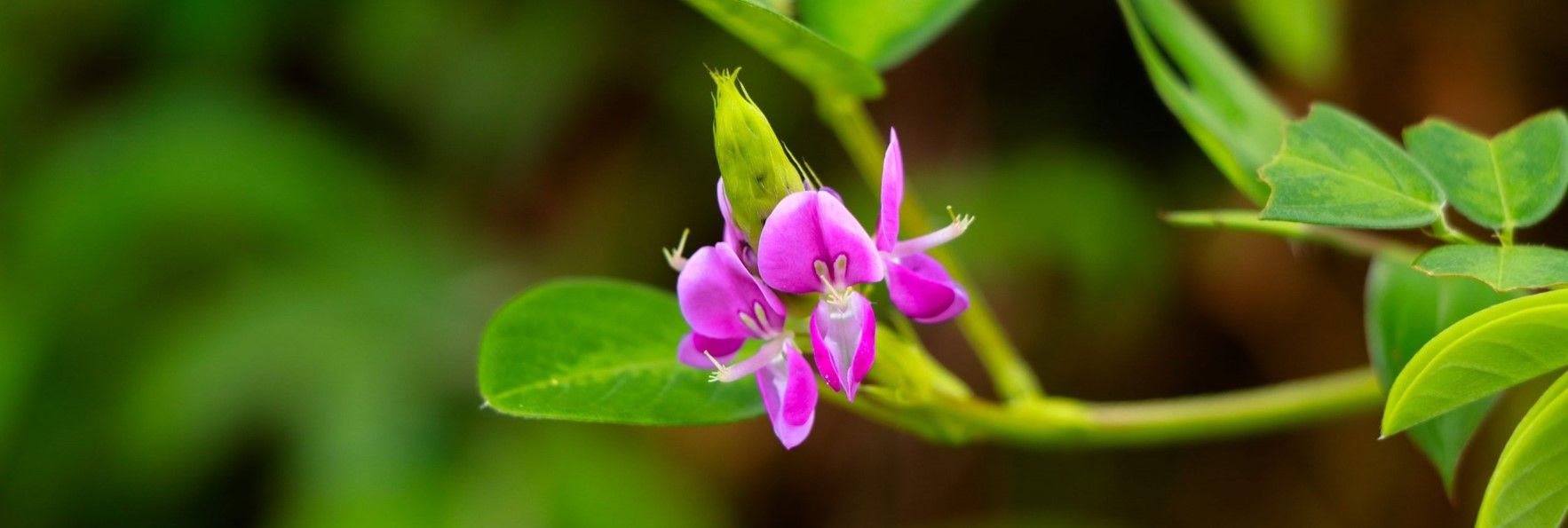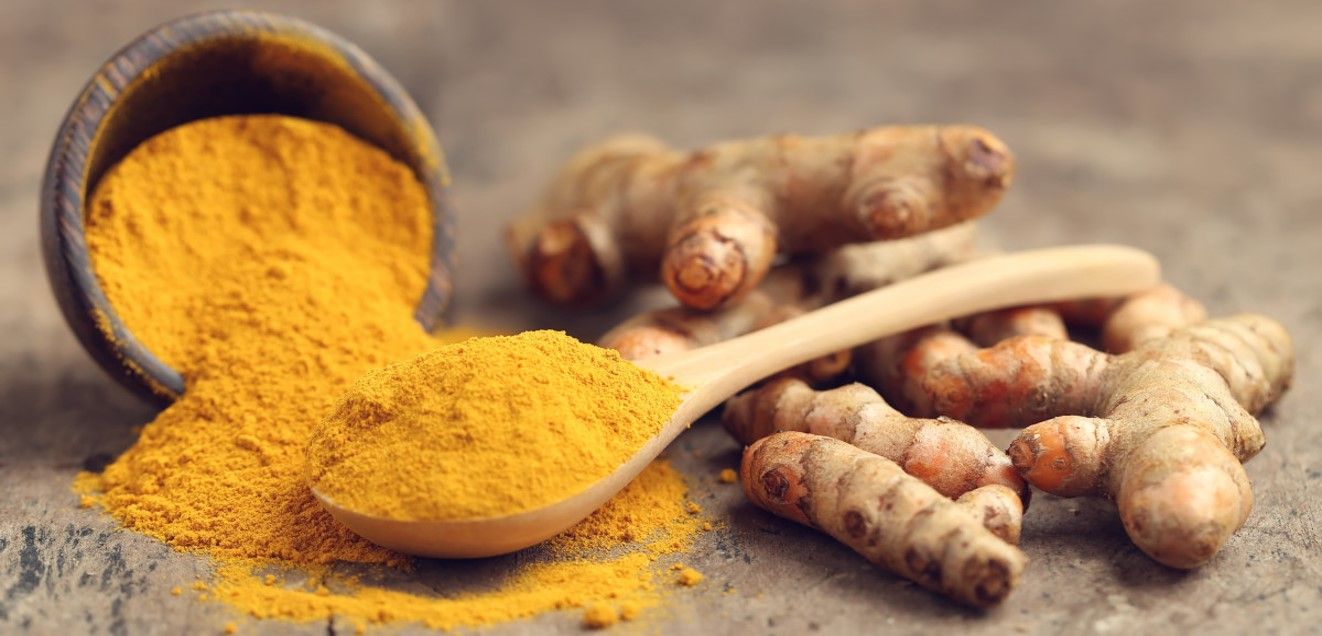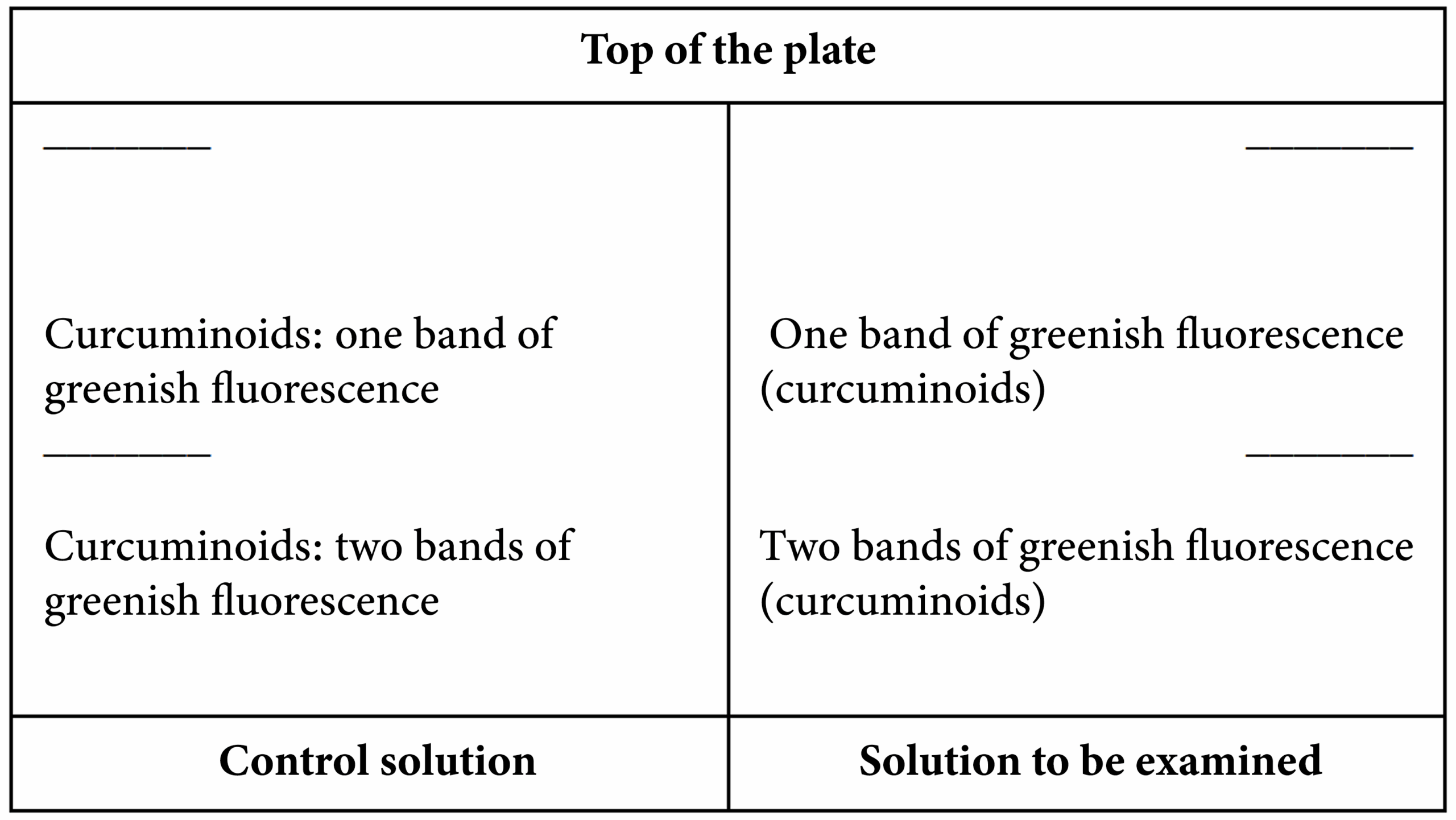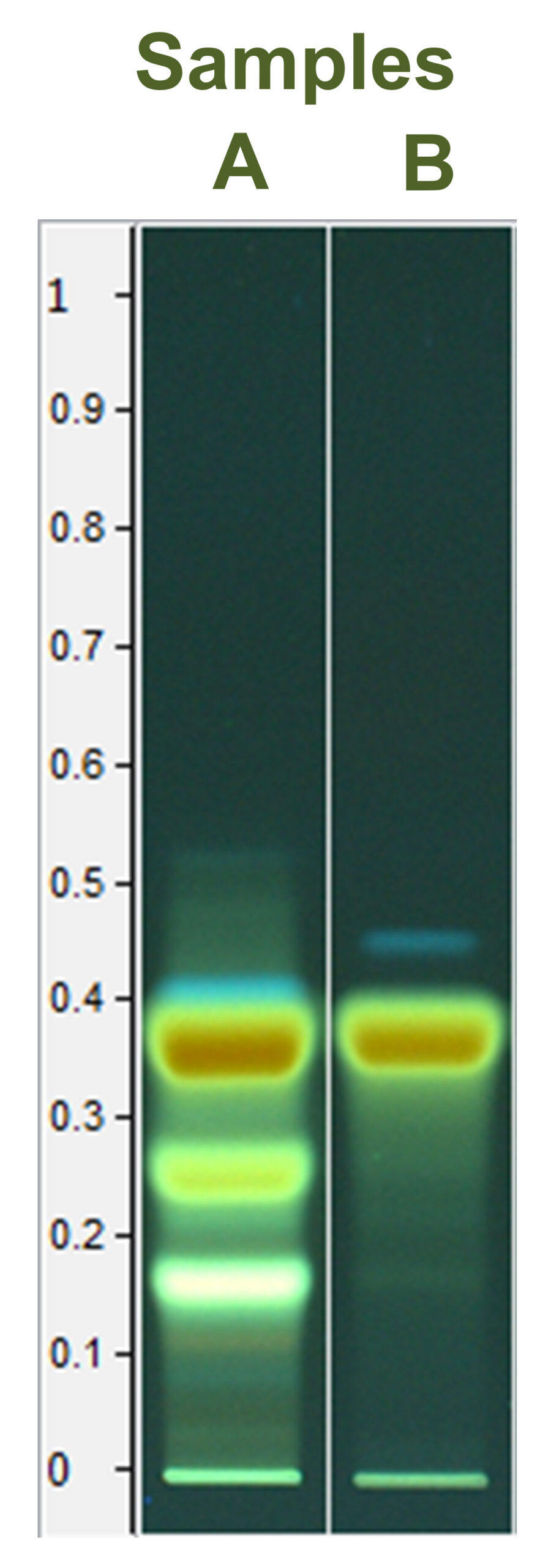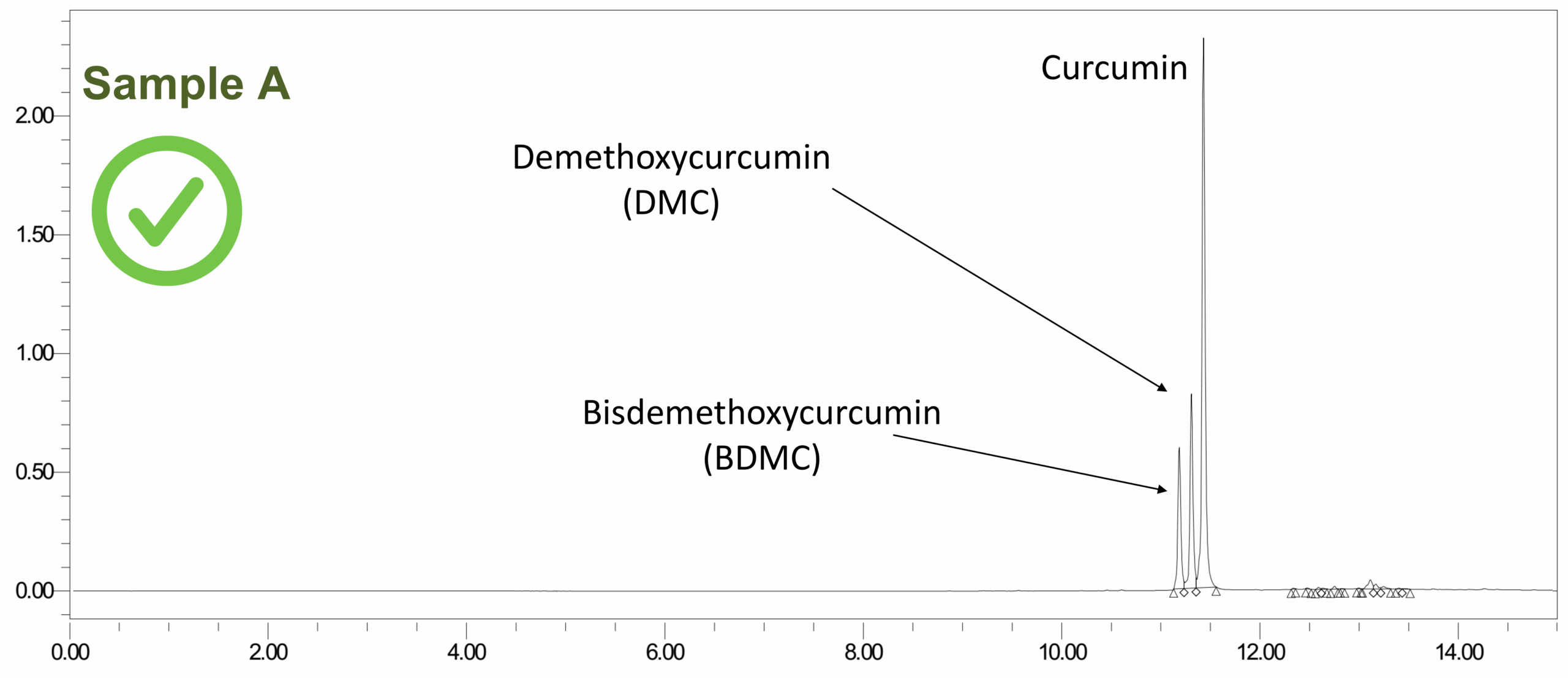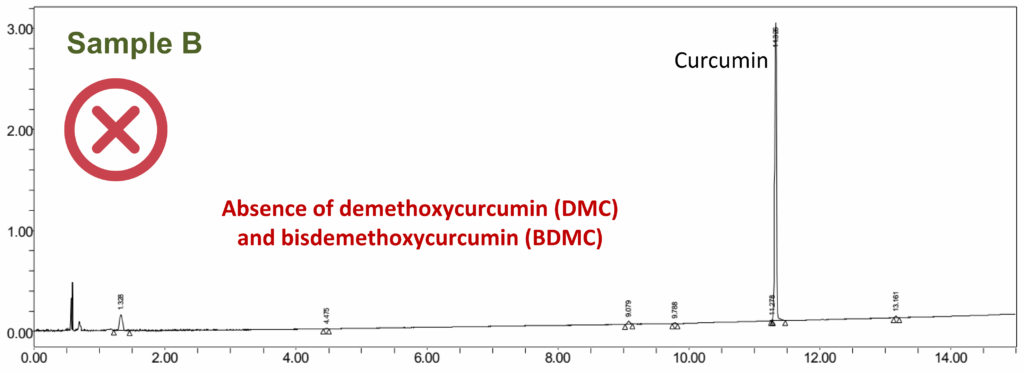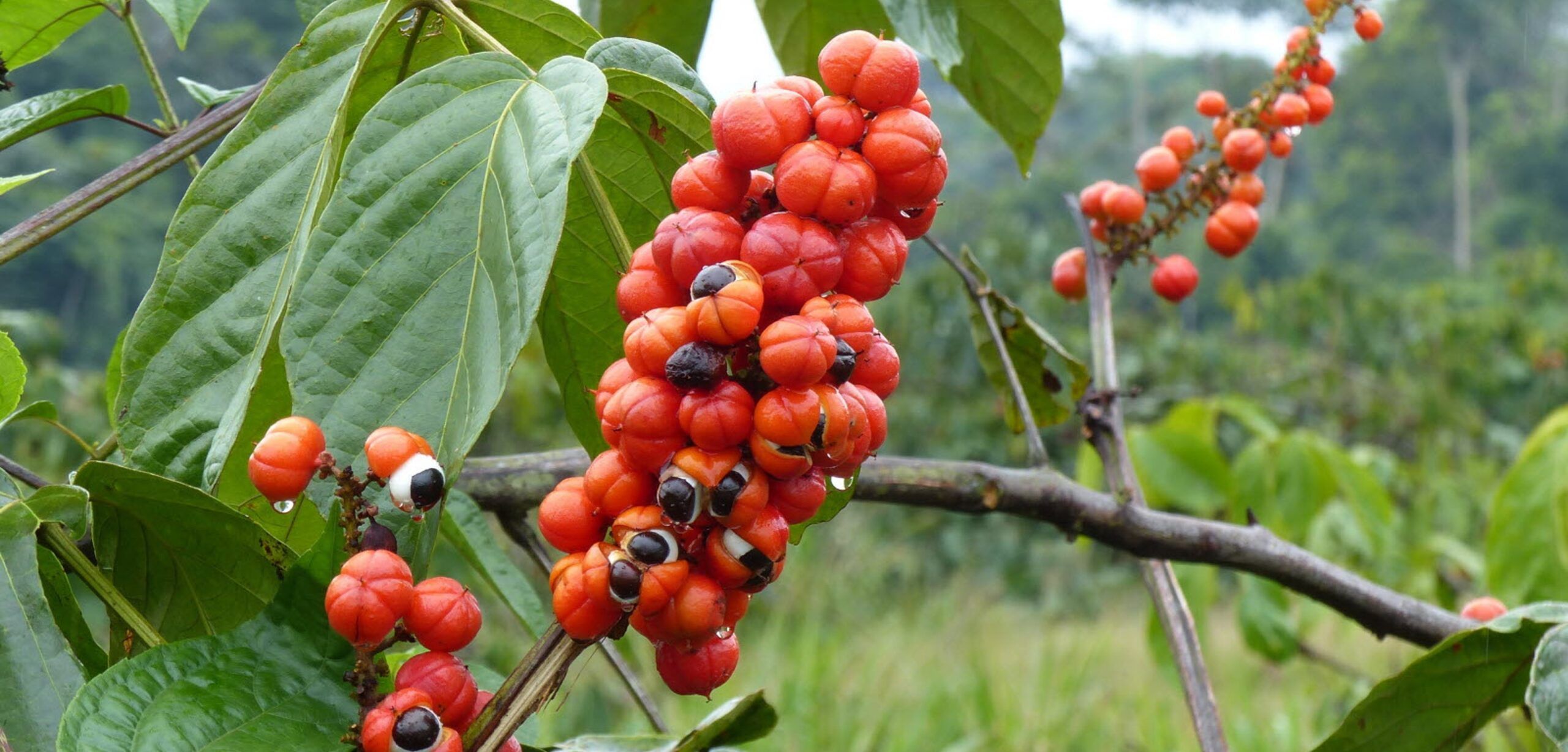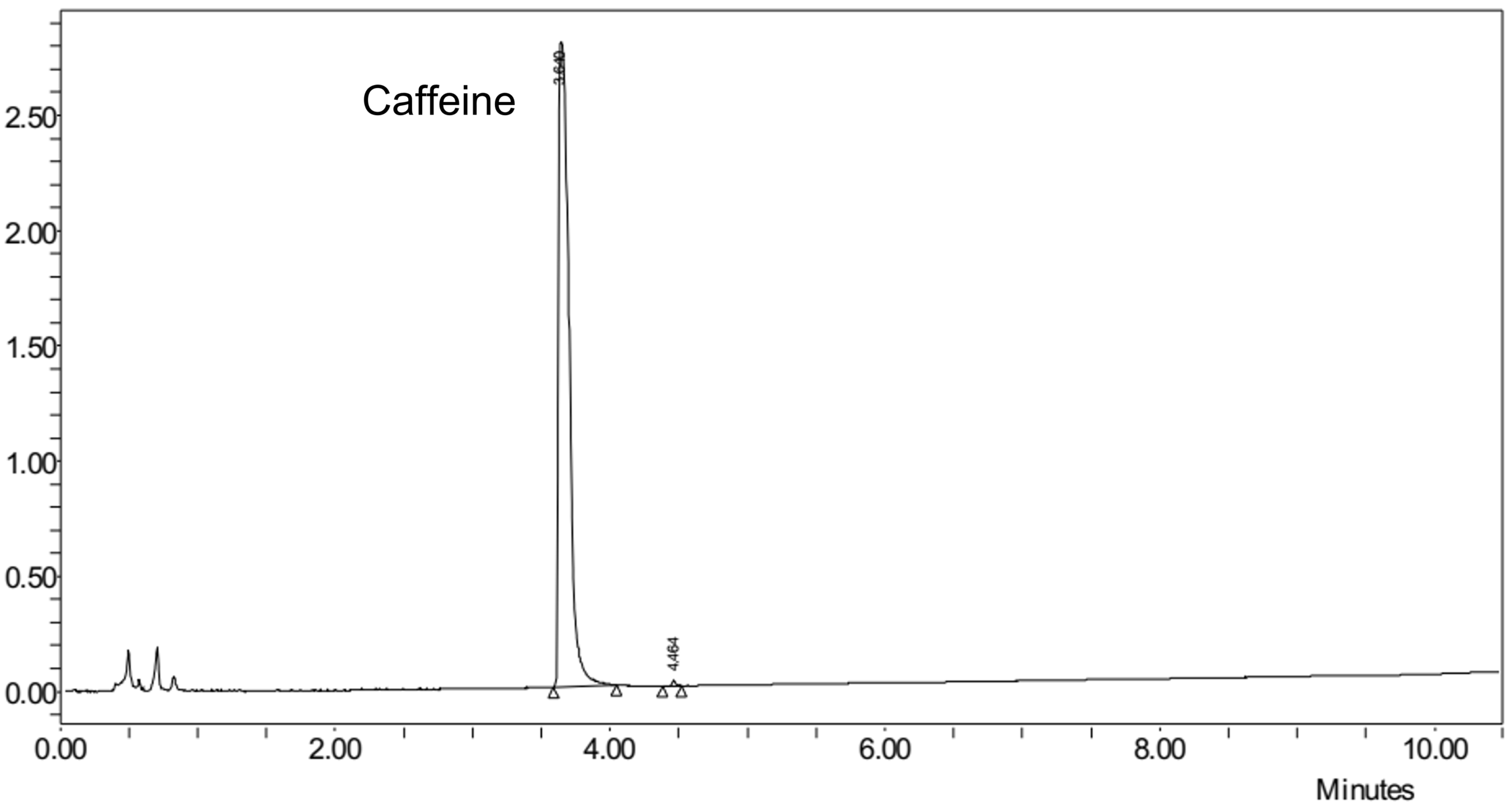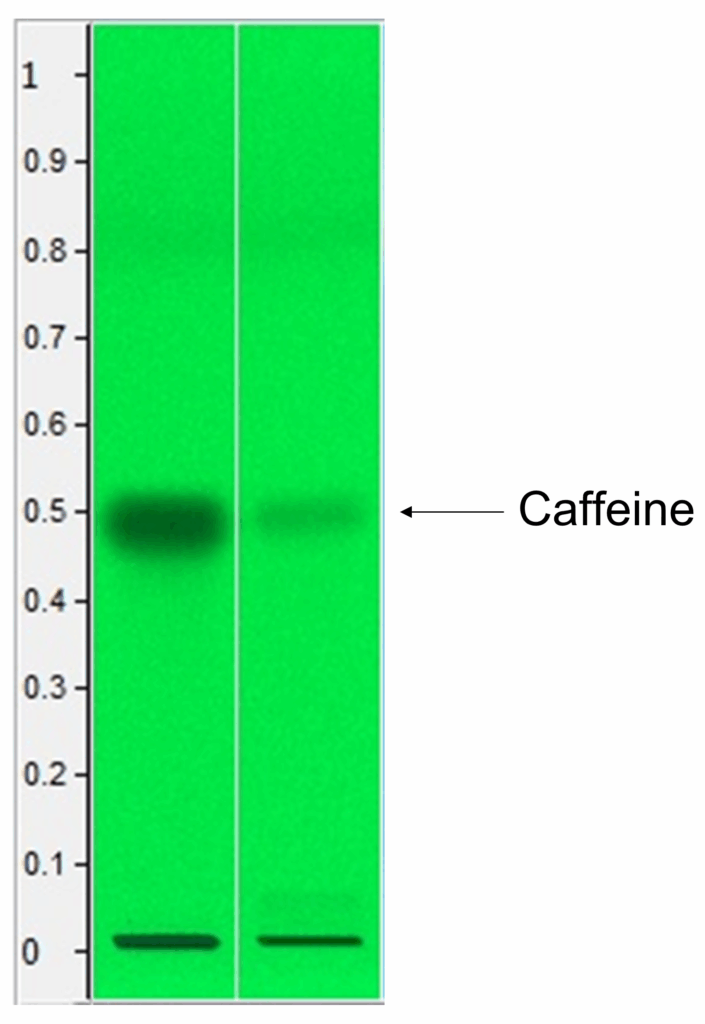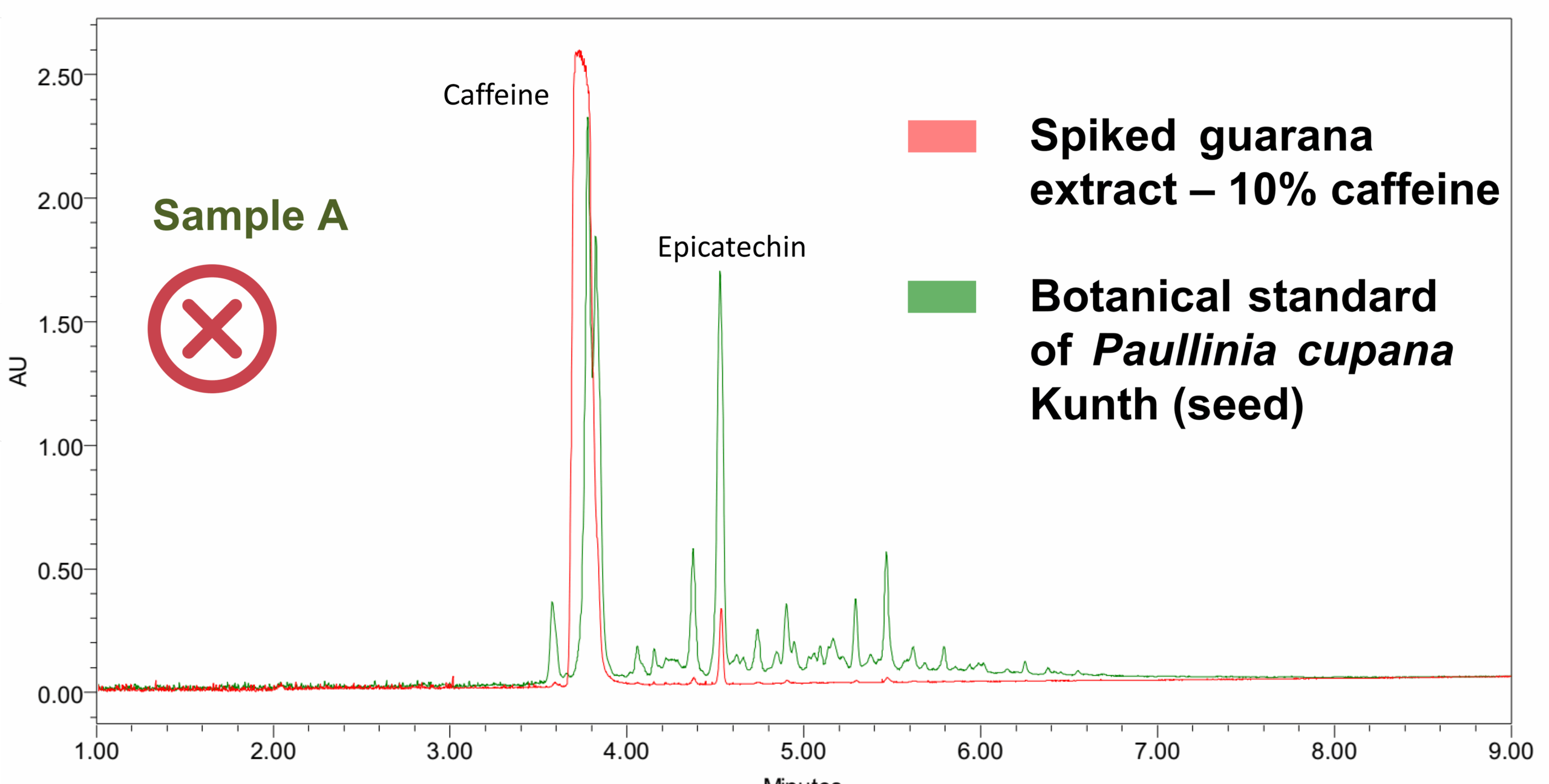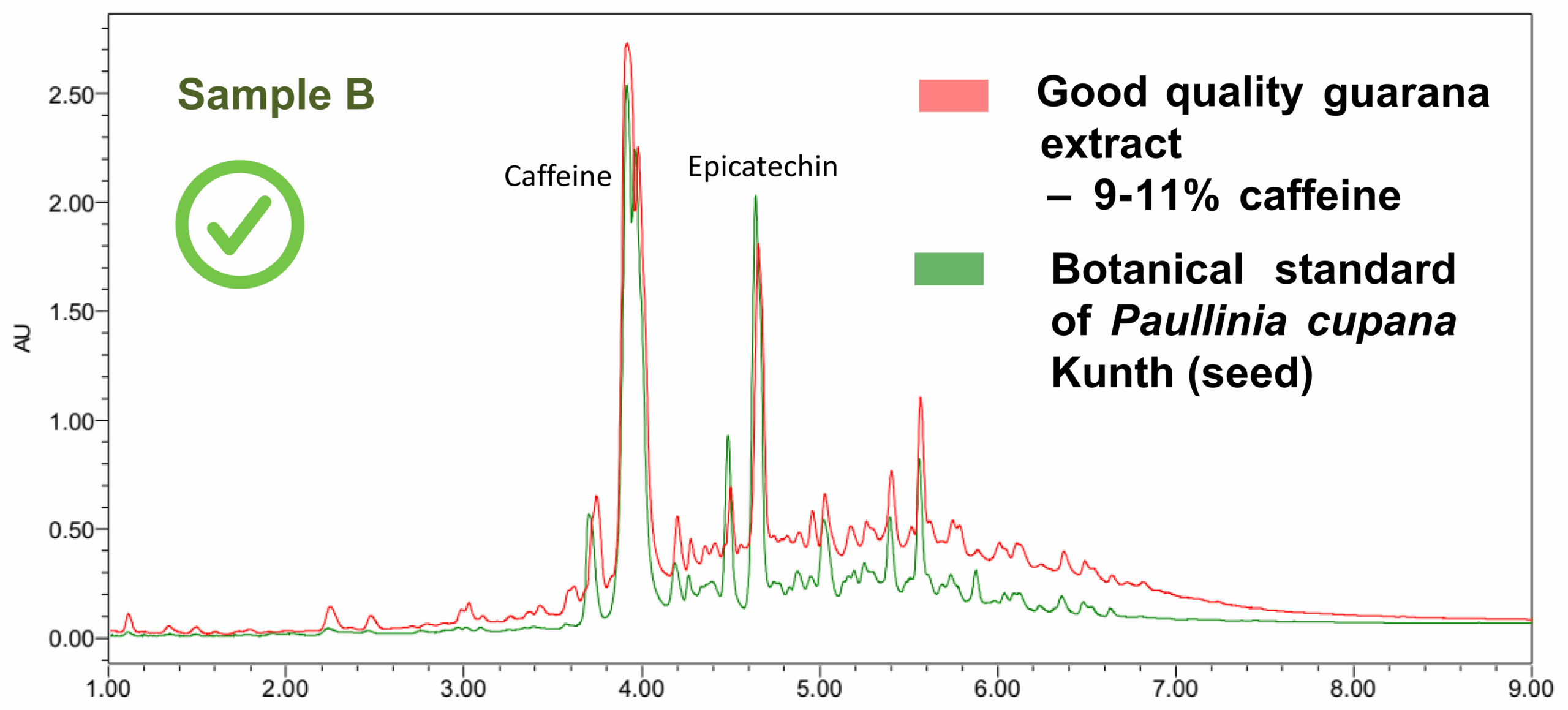Detection of counterfeiting of Desmodium adscendens (Swartz) DC. by other plant species
Origin and properties of Desmodium adscendens (Swartz) DC.
A plant from the Fabaceae family, Desmodium adscendens (Swartz) DC. is native to the humid equatorial region of Africa, where it grows by climbing tree trunks. This species has long been used in traditional medicine, primarily to support the proper functioning and drainage of the liver. The aerial parts of Desmodium adscendens (Swartz) DC., including its leaves, are used. These leaves protect liver cells from damage caused by hepatotoxic substances, including certain medications.
Shortage and counterfeiting of Desmodium adscendens (Swartz) DC.
Due to its extensive use, shortages of Desmodium adscendens (Swartz) DC. frequently occur, leading to the sale of quantities greater than those actually produced. To meet the high demand, some sellers offer other species (often from the Desmodium sp.) as substitutes for the target species, Desmodium adscendens (Swartz) DC. The compositions, including any counterfeit additives, can therefore be quite similar. Furthermore, limited data is available in the literature, making quality controls even more complex.
Issue: a chemical composition difficult to authenticate
Knowledge of the phytochemical composition of Desmodium adscendens (Swartz) DC. is relatively limited. A few secondary metabolites have been described, including flavones (2″-O-pentosyl-C-hexosyl-apigenin derivative, vitexin, and isovitexin), saponins (soyasaponin I), salicylic acid, and alkaloids (indolic types and phenylethylamine derivatives).
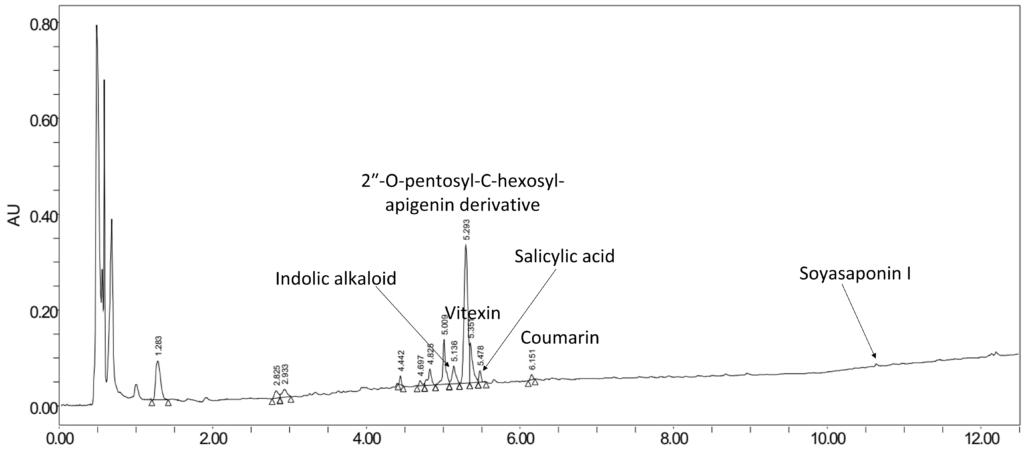
It appears that the chemical composition varies significantly depending on geographic origin (Ghana, Nigeria, Sierra Leone, Togo, Madagascar), making authentication even more complex. Given this level of complexity, an appropriate analysis is necessary to obtain as much information as possible. For instance, a TLC or HPTLC analysis will typically focus on only one family of compounds (such as flavones, alkaloids, or saponins) thereby overlooking a large portion of the overall composition.
Detecting the counterfeiting of Desmodium adscendens (Swartz) DC.
Client sample analysis
As part of an annual testing campaign, 43 commercial dry extracts were analysed. Of these samples, 28 were found to be non-compliant. Among the 28 non-compliant samples, 12 contained secondary metabolite levels too low to verify the plant species, and 16 were confirmed to have been obtained from a different species (representing 37% of all samples).
Among the various cases, some samples showed significantly different compositions while still sharing many chemical family correlations.
This is the case with Sample A, for example, which does not match the expected composition for Desmodium adscendens (Swartz) DC. leaves, but still appears to belong to the Desmodium sp.
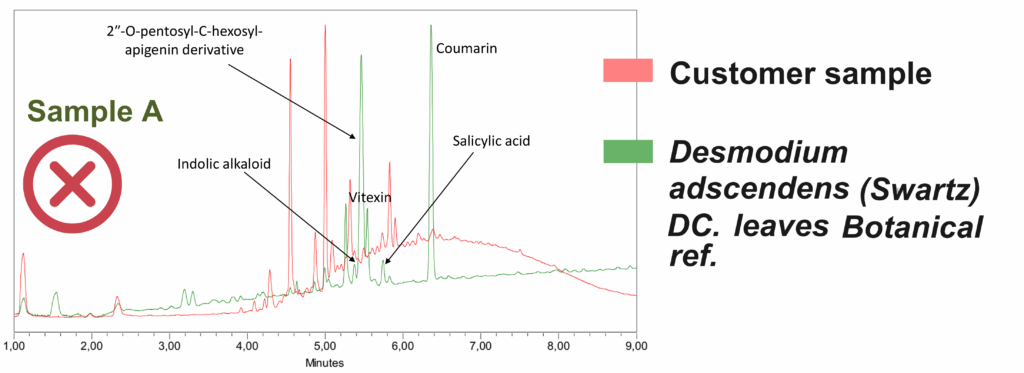
In sample B, we also observe significantly different profiles, this time with almost no correlation. The presence of such pronounced differences points to species that are very different and not Desmodium sp., clearly indicating the counterfeiting of Desmodium adscendens (Swartz) DC. with other plant species.
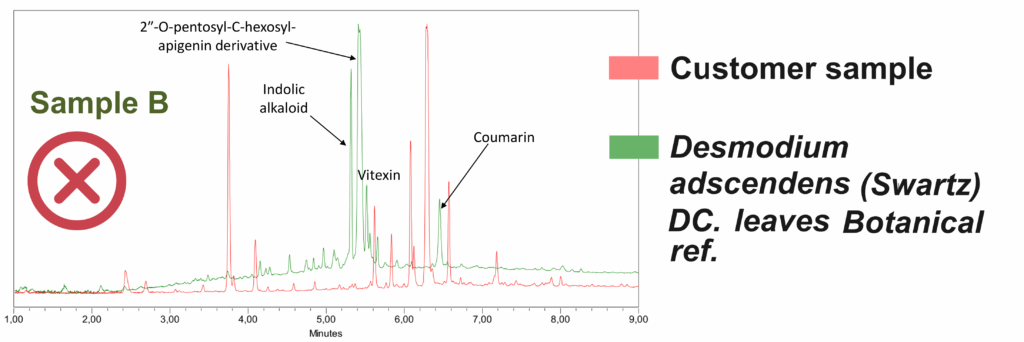
Finally, among the 43 samples analysed, 15 of them (35%) showed profiles fully consistent with Desmodium adscendens (Swartz) DC. leaves, as seen in Sample C.
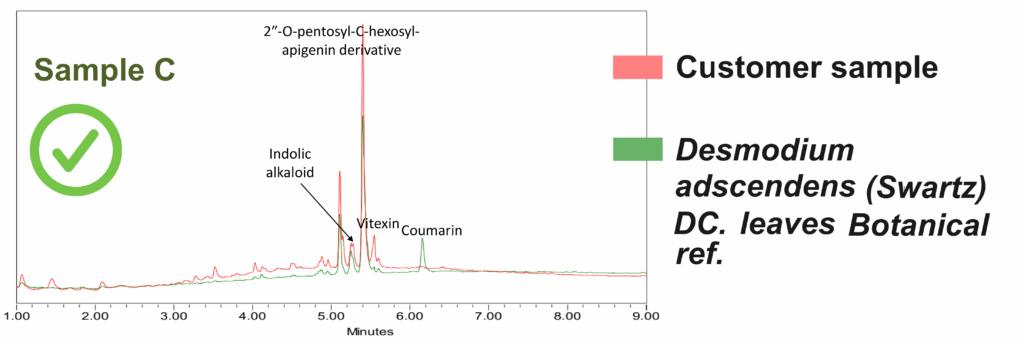
Authenticate your botanical reference with BotaniCERT controls
Conducting an inadequate control (especially when the plant is poorly documented in the literature) can prove to be more detrimental than performing no control at all, since fraud is often subtle and difficult to detect.
How can you ensure the quality of your Desmodium samples?
By confirming the presence of Desmodium, the absence of other plant species, the absence of enrichment, and by verifying the claimed levels of active compounds.
